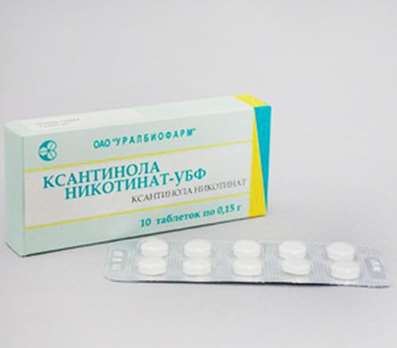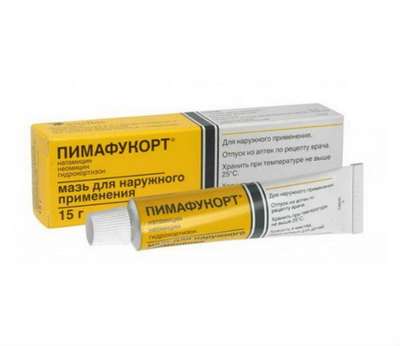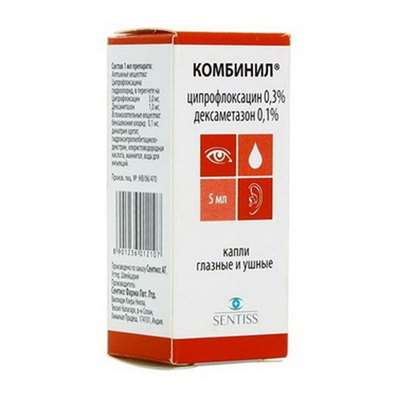Instruction for use: Imuran
I want this, give me price
Dosage form: coated tablets
Active substance: Azathioprinum
ATX
L04AX01 Azathioprine
Pharmacological group:
Immunodepressants
The nosological classification (ICD-10)
D55-D59 Hemolytic anemia
D69.3 Idiopathic Thrombocytopenic Purpura: Werlhof's Disease; Idiopathic autoimmune thrombocytopenia; Idiopathic thrombocytopenic purpura of adults; Idiopathic thrombocytopenic purpura in adults; Immune idiopathic thrombocytopenic purpura; Immune thrombocytopenia; Bleeding in patients with thrombocytopenic purpura; Evans Syndrome; Thrombocytopenic purpura; Thrombocytopenia of immune origin; Chronic idiopathic thrombocytopenic purpura; Essential thrombocytopenia; Autoimmune thrombocytopenic purpura in pregnancy; Posttransfusion purpura
K73 Chronic hepatitis, not elsewhere classified: Inflammatory liver disease; Hepatitis autoimmune; Hepatitis chronic; Infection of the liver; Chronic hepatitis with signs of cholestasis; Chronic reactive hepatitis; Chronic persistent hepatitis; Chronic infectious hepatitis; Chronic active hepatitis; Chronic inflammatory liver disease; Autoimmune Hepatitis; Chronic hepatitis is aggressive
L10 Pemphigus [pemphigus]: Benign pemphigoid of the mucous membranes; Bubble dermatosis; Pemphigus; Dermatitis, vesicular; Benign pemphigus; Ordinary pemphigus; Pemphigus; Bubble dermatitis; Family benign pemphigus Hailey-Hailey
M05 Seropositive rheumatoid arthritis: Seropositive rheumatoid arthritis
M30 Nodular polyarteritis and related conditions
M32 Systemic lupus erythematosus: Lupus erythematosus red disseminated; Disseminated lupus erythematosus; Chronic lupus erythematosus
M33 Dermatopoly myositis: Dermatomyositis; Wagner's disease; Wagner-Unferricht-Hepp Syndrome; Systemic dermatomyositis; Sclerodermatomyositis
T86 Dying and rejection of transplanted organs and tissues: Transplant disease vs. host; The rejection crisis in organ and tissue transplantation; The crisis of immunological incompatibility in organ transplantation; Incompatibility of tissues; Graft rejection; Graft rejection; Rejection reactions during organ transplantation; Rejection reactions during tissue transplantation; Graft versus host response; Rejection of transplant rejection; Graft-versus-host syndrome; Fabric incompatibility
Composition and release form
Coated Tablets.
Azathioprine 50 mg
Auxiliary substances: lactose monohydrate; corn starch; Pregelatinized starch; Magnesium stearate; Stearic acid. Sheath of the tablet: hypermellose; Macrogol 400 (granulation and coating as a solvent uses purified water, which is removed during the production process and is not present in the finished product)
In a blister of 25 pcs .; In the box 4 blisters.
Pharmachologic effect
Mode of action - Antitumor, cytostatic, immunosuppressive.
It blocks cell division as a result of competition with natural purine bases of DNA and RNA.
Pharmacodynamics
It inhibits the growth and development of immunocompetent cells (lymphocytes, plasma cells), affects the cooperative immune response (T-lymphocytes-macrophages-B-lymphocytes), inhibits the migration of stem cells. In large doses (10 mg / kg) inhibits the function of the bone marrow, suppresses the proliferation of granulocytes, causes leukopenia.
Pharmacokinetics
Has a very variable absorption. Bioavailability is 20%, because it quickly turns into 6-mercaptopurine (bioavailability of the latter is 60%). Cmax - 2 hours. Creates high concentrations in the tissues of the liver and intestines; The level in the kidneys, lungs, spleen, muscles is equal to that in plasma. T1 / 2 - 5 hours.
Indication of the drug Imuran
Organ transplantation, severe rheumatoid arthritis, systemic lupus erythematosus, dermatomyositis, chronic active hepatitis, pemphigus vulgaris, nodular periarteritis, hemolytic anemia, chronic idiopathic thrombocytopenic purpura.
Contraindications
Hypersensitivity (including to 6-mercaptopurine).
Application of pregnancy and breastfeeding
Contraindicated.
Side effects
Myelodepression (leukopenia, thrombocytopenia, anemia), megaloblastic erythropoiesis and macrocytosis, nausea, vomiting, anorexia, skin rash, arthralgia, myalgia, drug fever, cholestatic hepatitis, the development of secondary infections; Recipients of transplants - erosive and ulcerative lesions and bleeding from the gastrointestinal tract, pancreatitis, necrosis and perforation of the intestine, rarely - acute renal failure, hemolytic anemia, acute lung diseases, meningeal reactions.
Interaction
Strengthens the effect of depolarizing muscle relaxants and weakens - nondepolarizing. Immunosuppression is potentiated by allopurinol, oxypurinol, thiopurinol.
Dosing and Administration
Inside. Adults and children.
Application for organ transplantation: up to 5 mg / kg / day on the first day of therapy; Maintenance dose - 1-4 mg / kg / day, depending on clinical indications and hematological tolerability. Even in the case of low doses, supporting therapy with Imuran should be performed indefinitely, since there is a risk of rejection of the graft.
Use in the relapsing form of multiple sclerosis: 2-3 mg / kg / day; To achieve the effect, the duration of treatment for more than 1 year may be required. It is not always possible to control the progression of the disease after 2 years of therapy.
Use in other diseases: an initial dose of 1-3 mg / kg / day and should be selected in this dose range depending on the clinical effect (which may not be obtained within weeks and months after the start of treatment) and changes in the blood formula. If a therapeutic effect is obtained, then it is necessary to reduce the maintenance dose to the minimum level at which the effect is preserved. If within 3 months the clinical effect is not achieved, then Imuran should be canceled. However, in inflammatory bowel diseases treatment should be conducted for at least 12 months, and the therapeutic effect can be achieved after 3-4 months. The maintenance dose may range from less than 1 to 3 mg / kg / day, and is determined by the disease, as well as by the individual response of the patient.
The experience of using Imuran in elderly patients is limited. Although, according to available data, the occurrence of side effects in the elderly does not exceed that of other patients taking Imuran, they should use the minimum dosages of the recommended dose range. Particular attention should be paid to monitoring hematological parameters, reducing the maintenance dose to the minimum allowable to maintain the therapeutic effect.
In patients with renal and / or liver failure, minimal doses of the therapeutic range should be used.
Precautionary measures
The first 8 weeks of therapy require a weekly full blood test. Use with caution in renal and hepatic insufficiency. When combined with allo-, hydroxy-, thiopurinol, the dose should be reduced 4-fold.
Storage conditions of the drug Imuran
In the dark place at a temperature of no higher than 25 ° C.
Keep out of the reach of children.
Shelf life of the drug Imuran
5 years.
Do not use after the expiry date printed on the package.

 Cart
Cart





